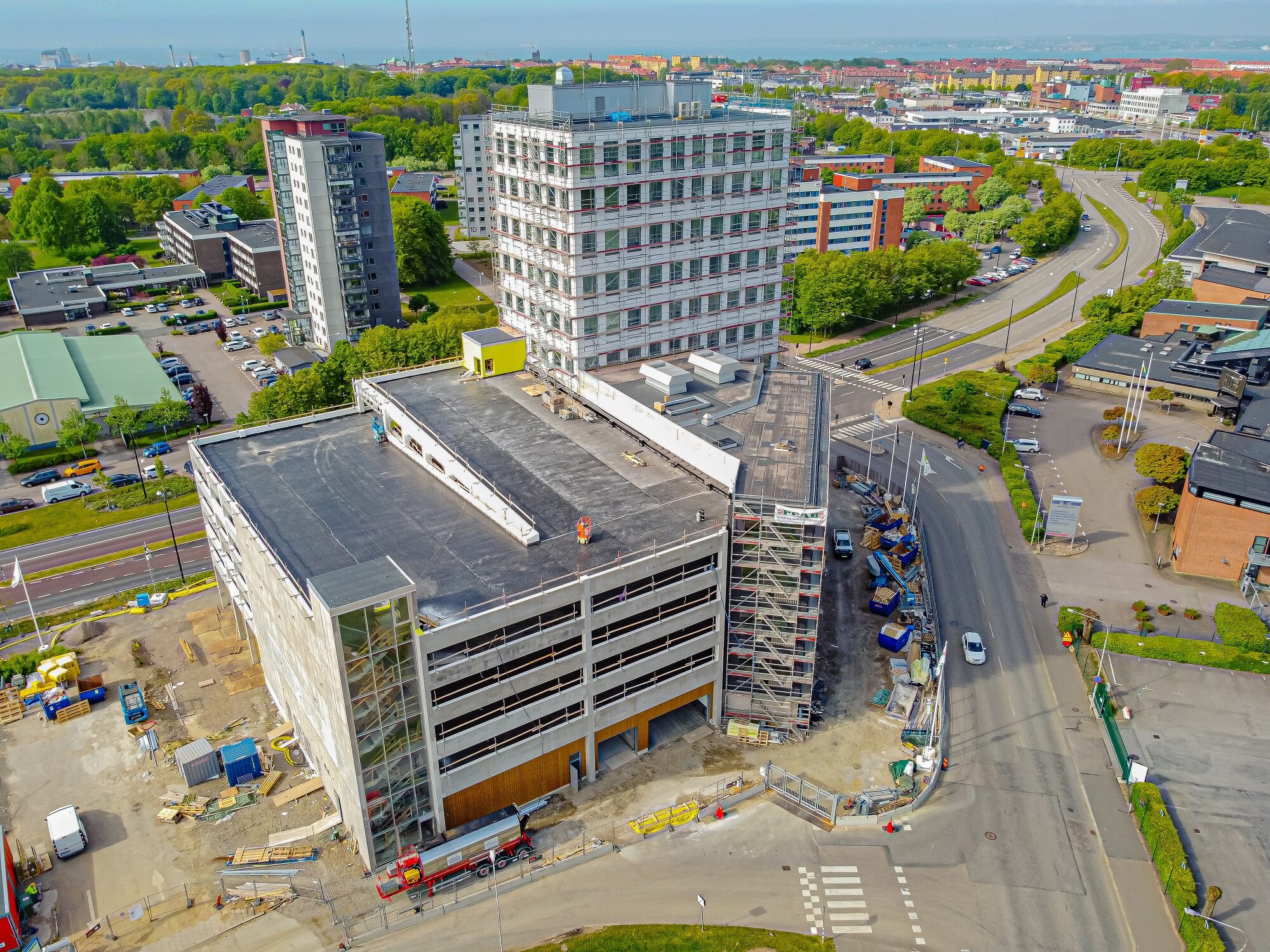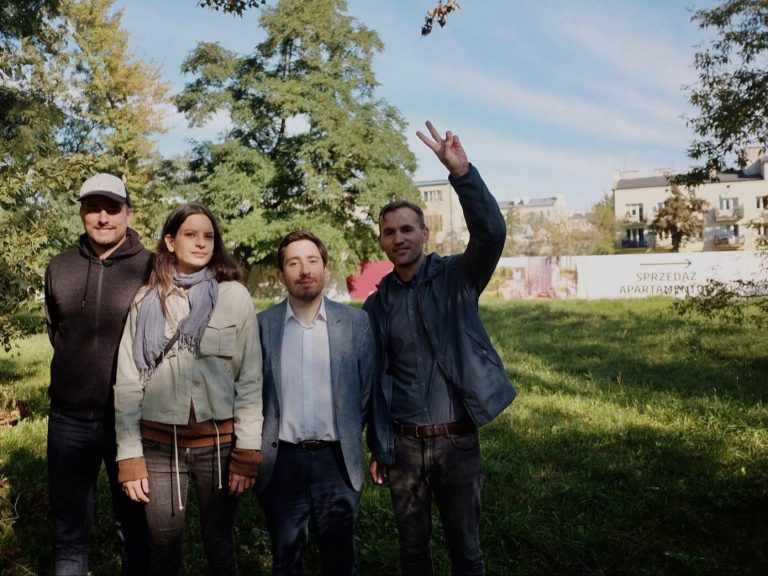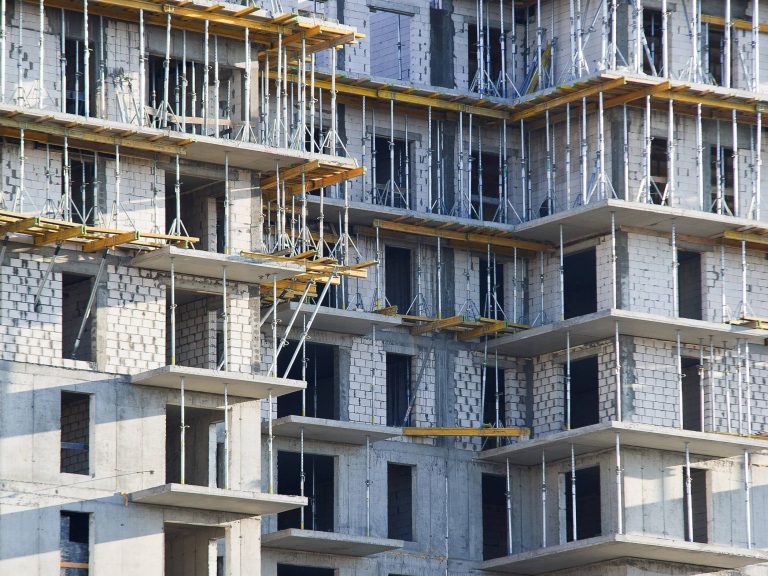Prefabrication and modules in residential construction – a way to build faster and cheaper?

Manufacturers of prefabricated and modular elements are entering the domestic housing market by storm. So far, most of the domestic production was exported to Western countries – Norway, Germany, Sweden and even the USA, while in our country this technology has timidly entered our everyday life through the use of prefabricated balconies or stairs in many investments. This year, however, has already brought a real surge of facilities completed in the so-called “full prefabrication” using all components such as: external walls, internal walls, ceilings, balconies and staircases, ready-made kindergartens and schools built from ready-made and finished modules and complete parking solutions using large-size reinforced concrete elements. According to the data of the Central Statistical Office, the use of prefabricated technologies in housing construction has doubled year on year.
Why is this technology becoming so popular? What makes more and more developers and general contractors use it? The first benefit that comes to mind is turnaround time. Prefabrication allows you to shorten the construction time by up to half, which results in significant savings in general costs and financing, and significantly accelerates the commercialization of the investment. From the developer’s point of view, this is crucial, and it is also of great importance to the end customer, who receives the keys to the apartment much faster. This argument gives a significant advantage and is important for sales departments.
Another argument is the quality of the elements made in this technology. Thanks to the use of system solutions and standard components subjected to rigorous quality control in factories, we obtain complete and durable solutions, minimize thermal bridges and significantly reduce the costs of subsequent operation. Walls and ceilings do not need to be plastered, balconies and stairs are delivered with a ready-made surface without the need to finish with tiles, external walls arrive at the construction site insulated, with a ready-made facade and installed windows. Finished apartments are safe and fireproof, and the technology ensures durability with minimal maintenance costs during use. Thanks to prefabrication, houses can be built for many future generations. These are benefits that traditional building technology is difficult to compete with today.
We already have several developers and contractors on the market who, after constructing the first building using full prefabrication technology, continue and maintain their choice, designing and implementing subsequent investments. A good idea for those undecided is to visit one of such construction sites or talk to satisfied customers who have already received their apartments in prefabricated buildings.
The validity of the technology itself can also be confirmed by the planning and construction of several new factories of prefabricated elements in our country. One of them is ARP Prefabrykacja – a company established by Agencja Rozwoju Przemysłu SA and the developer HM Inwest together with its company producing prefabricated elements, HM Factory. The investment agreement was signed at the end of June and production is scheduled to start in about a year and a half. The factory will be located in the Świętokrzyskie Voivodeship and ultimately the elements produced there will also be delivered for the government’s Mieszkanie Plus program. High efficiency and automation will enable the production of elements necessary to build approximately 4,000 apartments per year, and the technological lines will be among the most modern in Europe.
It looks like we will soon see a revolution in the construction industry thanks to the introduction of new design and construction technologies. It’s about time as the industry seems to have fallen far behind in this area compared to other industries.






